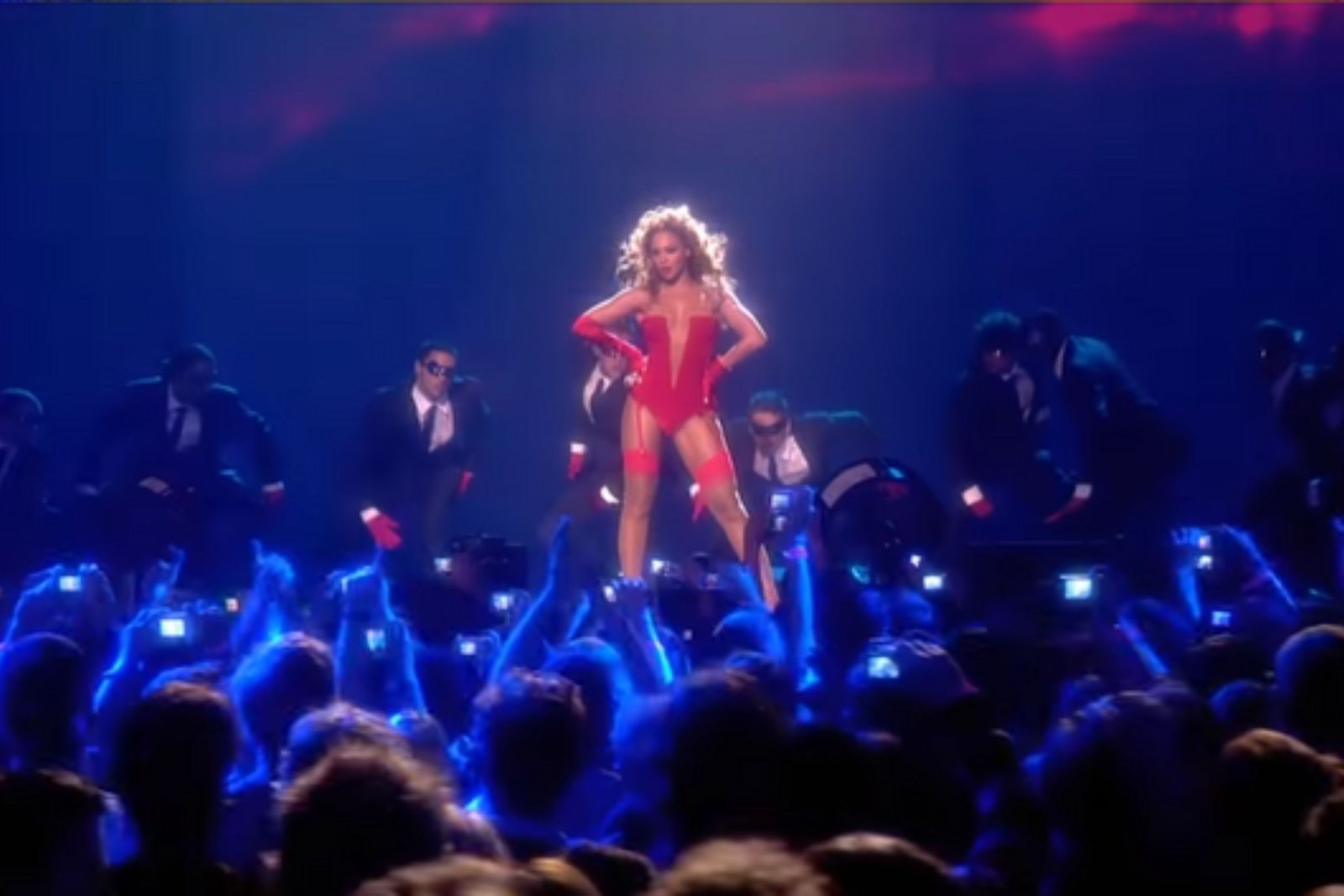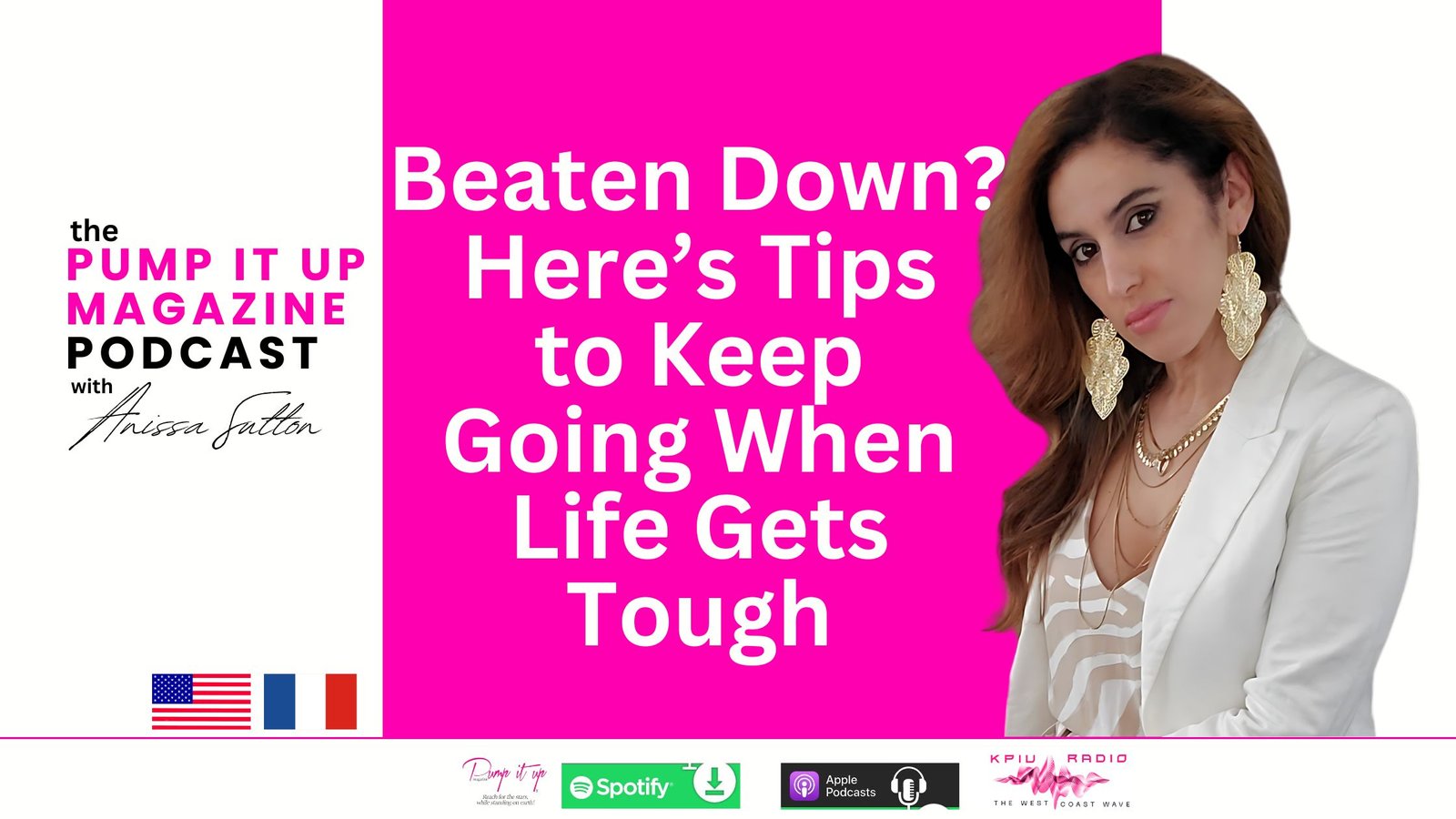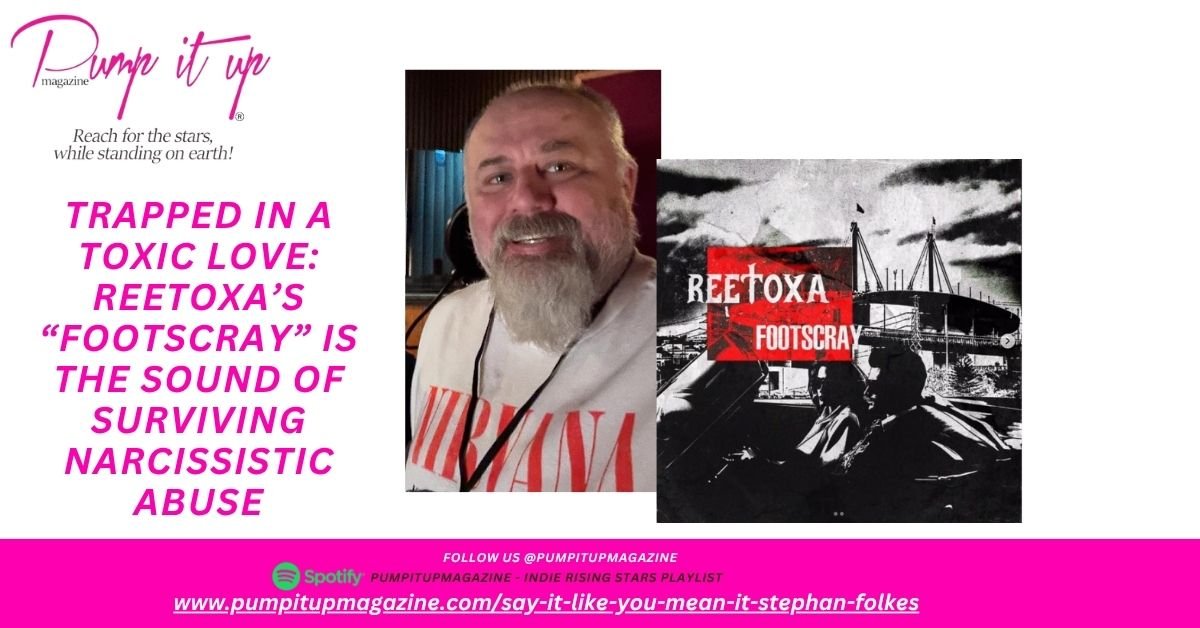As she releases a box set of her earliest recordings, in a rare interview Mitchell talks about life before fame, the correct way to sing her songs – and her long struggle to walk and talk again after an aneurysm
“Iwas lying in bed last night thinking about getting a cat,” says Joni Mitchell. It’s an early summer Sunday, and she’s sitting in her backyard patio, nicknamed Tuscany. Behind her a bird feeder is busy with hungry visitors. “And this guy shows up at the gate around midnight, meowing.”
A light-brown kitten with long white paws, only a few months old, leans contentedly against her shoulder. “I hope nobody comes to claim him,” she confides softly. They’re fast friends. Nearby Marcy Gensic, Mitchell’s longtime friend and associate, mentions they’ve papered the neighbourhood with lost notices. No calls yet. So with our midnight visitor, tentatively named Puss ’n Boots, tucked in the lap of this treasured artist, Mitchell is here to discuss the new set of early recordings she never intended to release: Joni Mitchell Archives Vol 1: The Early Years (1963-1967). For years she doubted their place in the revered canon of her carefully curated albums. “Some of the melodies are beautiful,” she told me in an interview in 2004, “but they’re very ingenue-y.” She seemed almost wistful. “God, they’re so vulnerable in these tough times. They’re like some ancient world.”

Fast friends … Joni Mitchell with Bootsy. Photograph: PR
Mitchell’s fans have long taken a different position. For years, pieces of this rich trove of unreleased material have circulated in sketchy bootleg form. Most of these early demos, work tapes, and performances have remained unheard. Mitchell’s manager, Elliot Roberts, had long been championing the idea of an archival collection. When Roberts passed away last year, the project was temporarily derailed. But the gathering of these recordings continued.
Some of the tapes are new discoveries, others had been meticulously collected and catalogued years earlier by “court archivist” Joel Bernstein. When Mitchell recently cranked up her living room stereo and listened to all the material for the first time, the project came to glorious fruition. Neil Young even gave some counsel, suggesting the songs be presented in chronological order. Mitchell, who has usually taken a more thematic approach to collections of her music, agreed.
Finally these rare compositions are all gathered in one place, presented with all the warmth of Mitchell’s twentysomething self. From her first recordings made during off-hours at a Saskatoon radio station, to a birthday tape made for her mother, to club dates in Philadelphia, Toronto, and New York, it’s a most personal document. Often armed only with her songs and her tunings, Mitchell begins her transcendent creative journey here. We discussed this happy reunion with her earlier self as Bootsy listened quietly, falling in love with what we all hoped would be his new home. (Two days later, he became a permanent resident.)
Cameron Crowe How do you look back on this person we’re talking about?
Joni Mitchell The young Joni?
CC Yes, the whole phase we’re talking about. Not to divide you into two people! But do you look back on this young artist, and her struggles and her victories, with bemusement, with love?
JM I guess so. I wouldn’t call it love. It’s just part of the story.
CC Here’s another strong quote of yours: “As a young person, you’ve got to pull the weeds in your soul when you’re young. Otherwise they will choke you.”
JM That had nothing to do with creativity. Pulling the weeds in your soul early makes you a better adult.
CC Are you still doing that during this time period?
JM Yeah, I think I pulled some out. I think I grew up some.
CC Are the weeds all pulled now?
JM No, definitely not! This is a period of relaxation for me, but there are still some weeds that need pulling. I kind of go with Thumper, you know, from Bambi. “If you can’t say anything nice, don’t say anything at all.” That was my philosophy for a long time as a young person. However, I lost Thumper’s guidance as I grew older [laughs]. He returns from time to time.

Victories … Mitchell in LA, 1967, recording her first album, Song To A Seagull Photograph: Sulfiati Magnuson/Getty Images
CC Back to Live at Canterbury House [the fifth of the five discs in The Early Years]. You’re playing three sets at night, and for the second show you open with Little Green. It’s a very personal song, a song to your daughter who you’d painfully given up for adoption. To deliver the song properly, did you have to go to a difficult place to sing it?
JM No, the song kind of rose above the difficulty.
CC I remember you once saying every vocal performance is acting: “You must be the character who wrote the song when you sing it.” When you listen to this early music, are you playing a character? And “No, it’s me” is a valid answer.
JM It’s not like that. It’s, you know, the words to the song are your script. You have to bring the correct emotion to every word. You know, if you sing it pretty – a lot of people that cover my songs will sing it pretty – it’s going to fall flat. You have to bring more to it than that.
CC You later included Little Green on Blue. You once told me that all your albums were concept albums. I asked you what the concept was for Blue. You paused and just said: “Blue. ‘I am blue.’ That’s the concept.” You also said that there was an image you’d dreamed of at the time: human organs in a cellophane bag.
JM Yeah, it was about that time. I had a dream that I was a plastic bag sitting at a concert, and there were a lot of fat women on stage all playing strange instruments, like big tubas and accordions, and not hip instruments, you know? I was sitting there, a bag of organs, sobbing in the audience, transparent – you could see all my innards. It was a strange dream. I tend to remember my dreams. They’re little movies, they’re visual. I tend to remember the things that are visual. That’s the way I was feeling at the time. I felt very vulnerable.
CC What was your concept of love back then?
JM I didn’t have one. I just occasionally would fall into it, or thought I did. I’d have a strong, palpitating attraction to somebody; that’s what I called love, I guess.
CC Has your idea of love morphed or changed over the years?
JM Not that much, really. It’s still the same. I make the same mistake over and over again, and I’m just a fool for love.
CC As it should be. Do you feel like you’ve been in love a lot?
JM Quite a bit, yeah, actually. I’ve loved quite a few people, and by that I mean I really feel happy in their company. That’s pretty much it – the joy of someone’s company. That’s what I call love.
CC Another important early song with the colour blue, Blue on Blue. Your words are getting more specific and thoughtful now. Your eye for detail was always present; here it’s almost journalistic. It sounds like you’re reading a lot of books.
JM No, I was never a reader.
CC So this comes from observation, travel, and people.
JM Yes.

Stardom … a 1968 shoot for Vogue. Photograph: Jack Robinson/Getty Images
CC Admiration and osmosis. You famously grew uncomfortable with the adulation that would soon come, culminating in the Blue period. Putting you on a pedestal, the white-hot heat of stardom. Was this all starting to happen towards the end of the phase this set covers?
JM Not really. That’s later.
CC When did that appear?
JM I don’t know. I know I didn’t really like it, I wasn’t comfortable with it. I liked playing the coffeehouses, where I could step off the stage and go sit in the audience and be comfortable, or where there wasn’t a barrier between me and my audience in the clubs. The big stage had no appeal for me; it was too great a distance between me and the audience, and I never really liked it. I didn’t have a lot of fame in the beginning, and that’s probably good because it made it more enjoyable.
CC The last song on disc three is a rare recording of you singing Sugar Mountain, the Neil Young song that inspired The Circle Game. You mention that Vicky Taylor first played you Sugar Mountain.
JM Vicky was a folk singer, and she was very kind and very generous to me, which I was not used to. I met her in Toronto. Yeah, she wasn’t competitive or vicious, like some of them. The folkies were so competitive. She was really nice, and she was dating Neil at the time. I’d met him when he was 18. He’d already gone to California. We were in different hemispheres; I needed to go to Detroit and New York before I got to California. Vicky played me the song. She’s a good girl.

‘Moving forward’ … Mitchell at an Oscars party in Beverly Hills, last February. Photograph: Kevin Mazur/VF20/WireImage
CC Does the muse still speak to you?
JM It hasn’t for a while. I haven’t been writing recently. I haven’t been playing my guitar or the piano or anything. No, I’m just concentrating on getting my health back [from a 2015 aneurysm]. You know what? I came back from polio, so here I am again, and struggling back.
CC Is that how you would characterise the last five years?
JM Just inching my way along. I’m showing slow improvement but moving forward.
CC With bells on.
JM Yeah, because once again I couldn’t walk. I had to learn how again. I couldn’t talk. Polio didn’t grab me like that, but the aneurysm took away a lot more, really. Took away my speech and my ability to walk. And, you know, I got my speech back quickly, but the walking I’m still struggling with. But I mean, I’m a fighter. I’ve got Irish blood! [long laugh] So you know, I knew, “Here I go again, another battle.” [The kitten is now happily crawling up her neck.] Look at this face! He looks like my baby. The high cheekbones and everything.
CC Who are you listening to? Any of the newer artists who’ve been influenced by you, like Harry Styles or Billie Eilish?
JM I have music. I don’t listen to too much contemporary music. Babyface I’m listening to – that’s about it. Babyface and Leela James.
CC When you go out now, to the Grammy parties, for example, or even when you visited our play, I’ve noticed a kind of admiring line of fellow artists who want to share their appreciation or questions or compliments about the music. What’s it like for you on the receiving end?
JM It means a great deal to me. I got a letter from a little girl in Ireland who wrote to me. Her father was in a rock’n’roll band and they were going off to play someplace. She went outside to see them off, and one of the guys in the band came up to her and said, “Here, you should have this.” And he gave her what she called a “wonky tape recorder.” It had The Circle Game on it and he said, “This is a song that you should know, a girl your age.” At that time the English were terrorising Ireland, and they’d fly over in battalions with helicopters, and they’d do it at 8pm, right when the people were putting their children to bed. She said it was terrifying, this brigade of helicopters going over, and “I survived the war by putting the wonky tape recorder up to my ear and listening to The Circle Game.” It’s hard to beat that, in terms of reward for your song. I found that very exciting.
CC I think this collection is a powerful gift, especially to young artists. It’s a portrait of you at a certain time in your life when you were having success. You could have plateaued at this stage for an entire career. Many did. But I listen to this and think the hidden message is don’t stop growing, don’t stop heading for those deeper waters, challenge yourself, look where it might take you.
JM That’s what the Van Gogh exhibition was to me. When I went to a Van Gogh exhibition, they had all his paintings arranged chronologically, and you’d watch the growth as you walk along. That was so inspiring, and I started to paint again. If it serves that purpose, that would be great. Really, that would make me very happy. The later work is much richer and deeper and smarter, and the arrangements are interesting too. Musically I grow, and I grow as a lyricist, so there’s a lot of growth taking place. The early stuff – I shouldn’t be such a snob against it. A lot of these songs, I just lost them. They fell away. They only exist in these recordings. For so long I rebelled against the term: “I was never a folk singer.” I would get pissed off if they put that label on me. I didn’t think it was a good description of what I was. And then I listened, and – it was beautiful. It made me forgive my beginnings. And I had this realisation…
CC What was it?
JM Oh God [laughs]! I was a folk singer!
Source: The Guardian







